Last Updated on October 16, 2024 by SampleBoard
Maintaining a clean and safe home is essential for ensuring the health and well-being of your family.
You can create a comfortable and hazard-free living environment by implementing regular cleaning routines and proactive safety measures.
This comprehensive guide covers various aspects of home maintenance, from daily chores to pest control, providing practical tips to keep your home spotless and secure year-round.
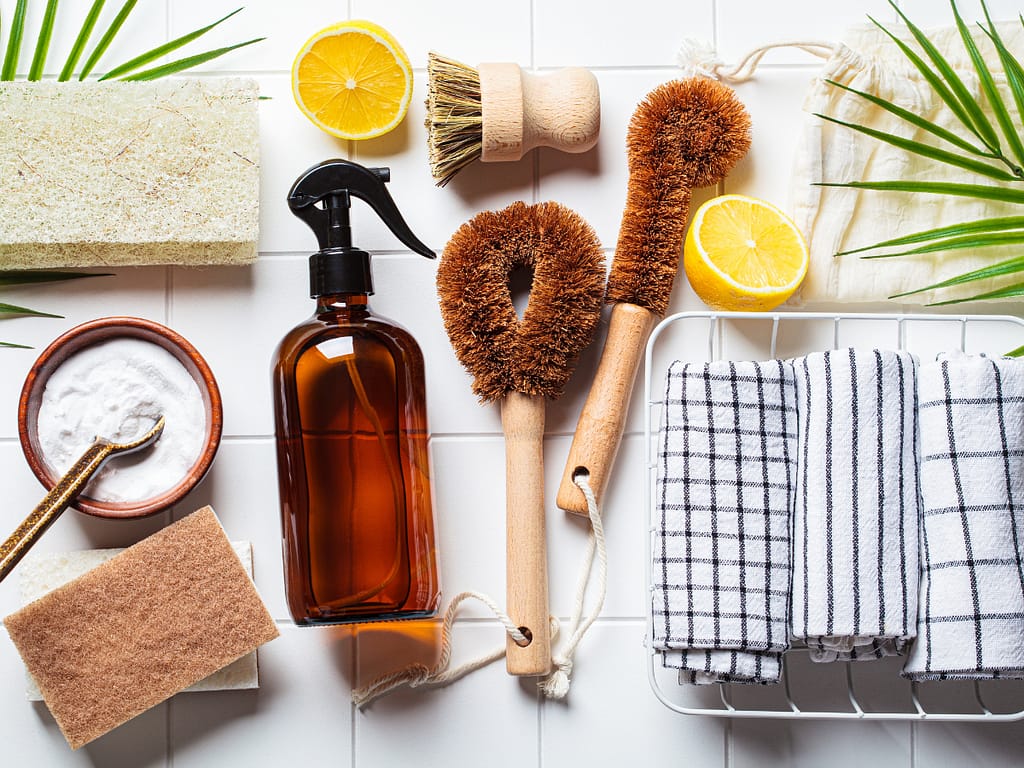
Establishing daily cleaning routines helps prevent dirt and clutter from accumulating.
Start by making your bed every morning, instantly making your bedroom look tidier.
In the kitchen, wash dishes after each meal to avoid a pile-up and wipe down countertops to remove crumbs and spills.
Sweep or vacuum high-traffic areas to keep floors clean and free of debris.
Take out the trash regularly to prevent odors and pest attraction. In the bathroom, quickly wipe down sinks and faucets to remove water spots and toothpaste residue.
Keeping up with these small tasks daily can significantly reduce the time and effort needed for more extensive cleaning sessions.

Weekly cleaning tasks help maintain a deeper level of cleanliness in your home.
Dust all surfaces, including shelves, furniture, and electronics, to prevent allergens from building up.
Vacuum and mop floors to remove dirt and grime that may have accumulated during the week.
Clean mirrors and windows to keep them streak-free and clear.
In the kitchen, thoroughly wipe your appliances, paying particular attention to the stovetop and microwave.
Scrub bathroom tiles, toilets, and tubs to remove soap scum and mildew.
Change bed linens and wash them along with towels to ensure freshness.
You can maintain a cleaner and healthier home environment by tackling these tasks weekly.

Monthly maintenance tasks address areas that don't require frequent attention but need regular care.
Deep clean carpets and rugs to remove embedded dirt and allergens.
Vacuum upholstery and wash any removable covers.
Clean light fixtures and ceiling fans to prevent dust buildup.
Check and clean air vents and filters to ensure your HVAC system runs efficiently.
Inspect your home for any signs of mold or mildew, especially in damp areas like basements and bathrooms.
Address any leaks or water damage promptly to prevent further issues.
Keeping up with these monthly tasks can extend the life of your home's fixtures and systems.
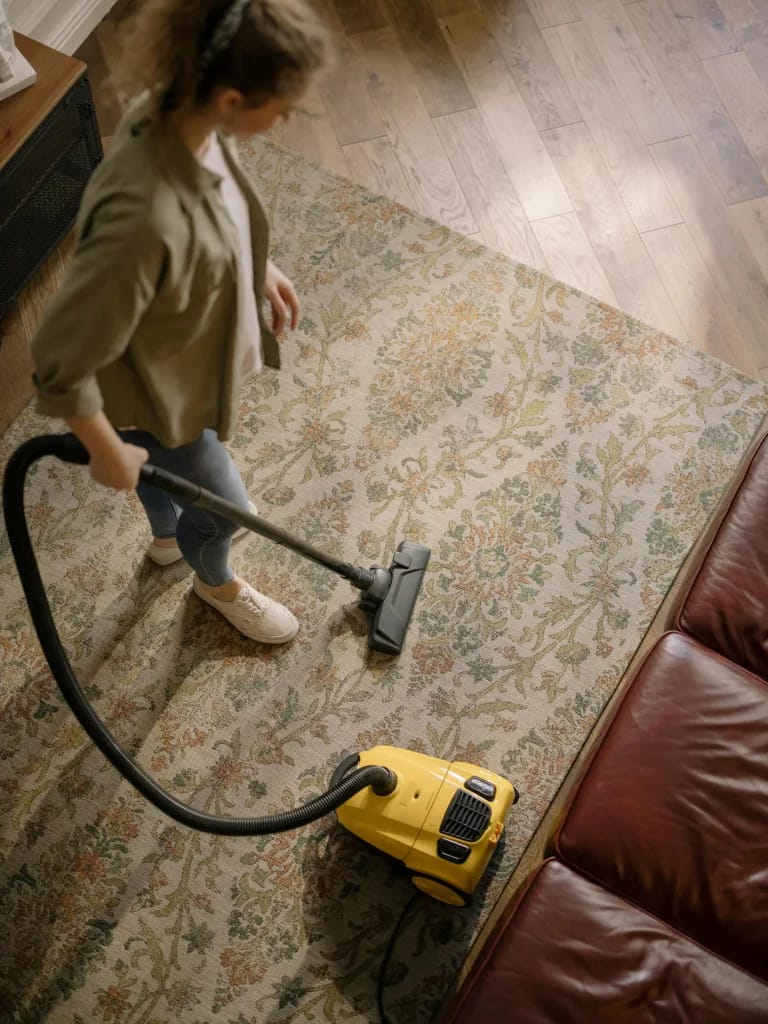
Seasonal deep cleaning involves more intensive tasks that prepare your home for the changing weather and help maintain its overall condition.
In the spring, focus on decluttering and organizing each room.
Wash windows inside and out, clean window treatments, and inspect screens for damage.
During the summer, power wash the exterior of your home, including siding, decks, and driveways.
Clean and inspect your gutters to ensure proper drainage.
Fall is the time to prepare for colder weather by cleaning chimneys, servicing the heating system, and checking for drafts around windows and doors.
In the winter, focus on indoor tasks such as cleaning out closets and cabinets, organizing the garage, and deep cleaning carpets.
These seasonal tasks help keep your home in top shape throughout the year and address any potential issues before they become significant problems.
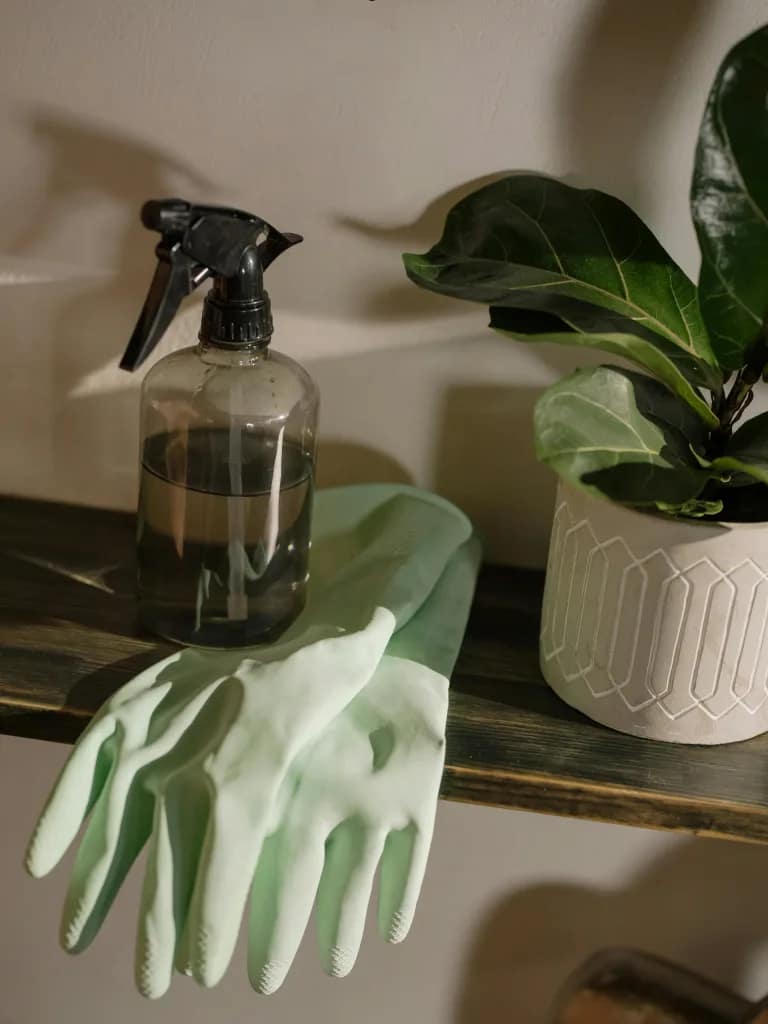
Pest control is crucial to maintaining a safe home.
Regularly inspect your home for signs of pests such as rodents, ants, and spiders.
Seal any cracks or gaps in walls, windows, and doors to prevent pests from entering.
Store food in airtight containers and promptly clean up spills and crumbs.
For more persistent pest problems, consider using targeted solutions like boxelder bug insecticide to address specific infestations.
It's also beneficial to schedule regular pest control services to ensure your home remains pest-free.
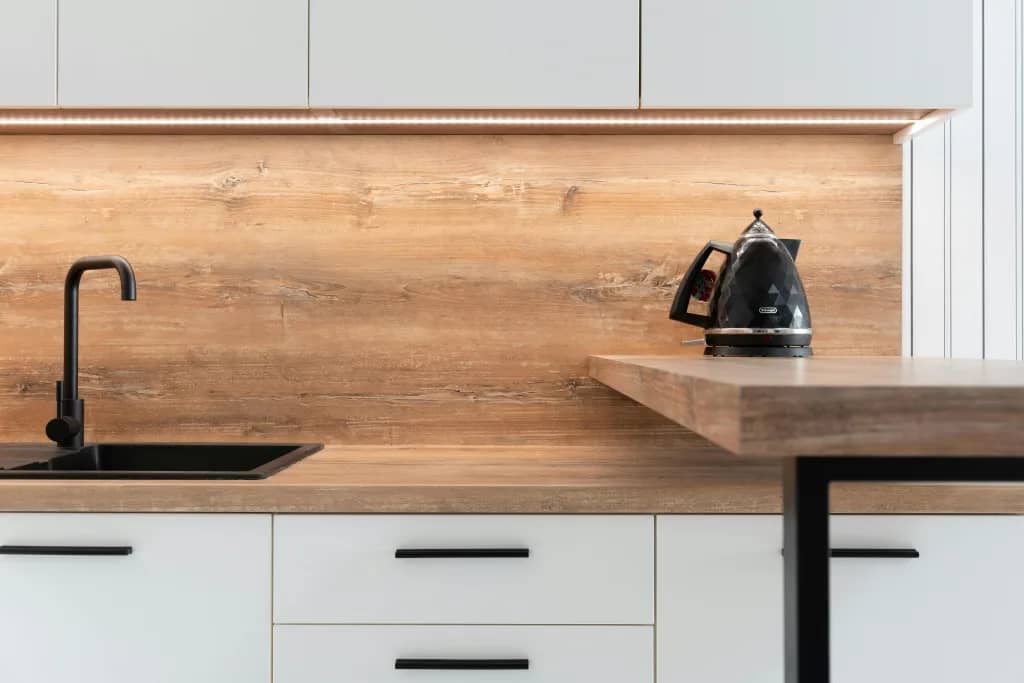
Ensuring your home is safe involves more than just cleanliness.
Regularly test smoke detectors and carbon monoxide alarms to ensure they function correctly. Replace batteries at least once a year.
Keep a fire extinguisher in an easily accessible location and ensure all household members know how to use it.
Inspect your home for hazards such as loose floorboards, exposed wires, or unstable furniture.
Secure heavy items to walls to prevent them from tipping over.
Keep stairways and hallways well-lit and free of obstacles to avoid falls.
Taking these precautions can significantly reduce the risk of accidents in your home.

Regular home maintenance checks are essential for identifying and addressing potential issues before they escalate.
Inspect your roof for damaged or missing shingles and repair them promptly to prevent leaks.
Check the foundation for cracks and signs of settling.
Ensure that your plumbing system is free of leaks and that water pressure is adequate.
Schedule annual professional inspections and cleanings for your heating and cooling systems.
Inspect your home's exterior for signs of wear and tear, such as peeling paint or damaged siding.
By staying on top of these maintenance tasks, you can protect your home from costly repairs and ensure its longevity.
Keeping your home clean and safe also involves maintaining an organized and clutter-free environment.
Regularly go through your belongings and donate or discard items you no longer need.
Use storage solutions like bins, shelves, and organizers to keep things in their designated places.
Create a system to prevent paperwork and essential documents from piling up.
Organize your closets by sorting clothing by season and storing off-season items in labeled containers.
An organized home is easier to clean and creates a more pleasant living environment.
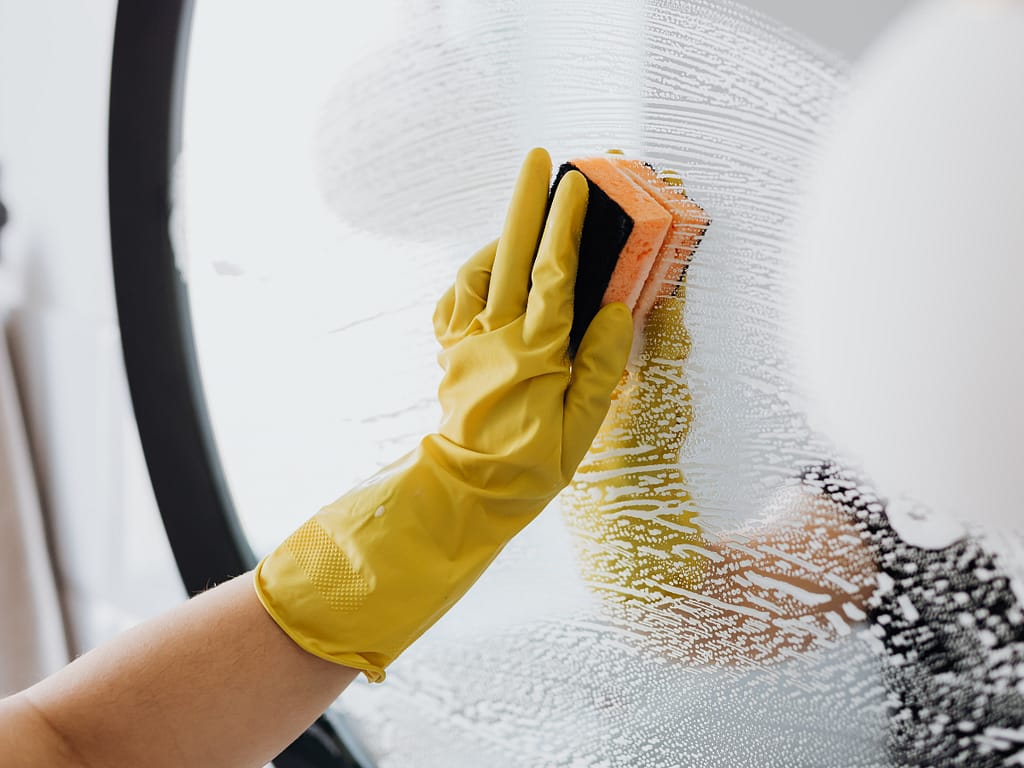
Incorporating environmentally friendly practices into your home care routine can enhance safety and cleanliness.
Use natural cleaning products that are free of harsh chemicals.
These are safer for your family and the environment.
Implement energy-saving measures such as using LED light bulbs, installing programmable thermostats, and ensuring proper insulation.
Consider starting a compost bin for kitchen waste and using eco-friendly pest control methods.
Fix leaks promptly and use low-flow fixtures to reduce water usage.
By adopting these practices, you can create a healthier home while contributing to environmental conservation.
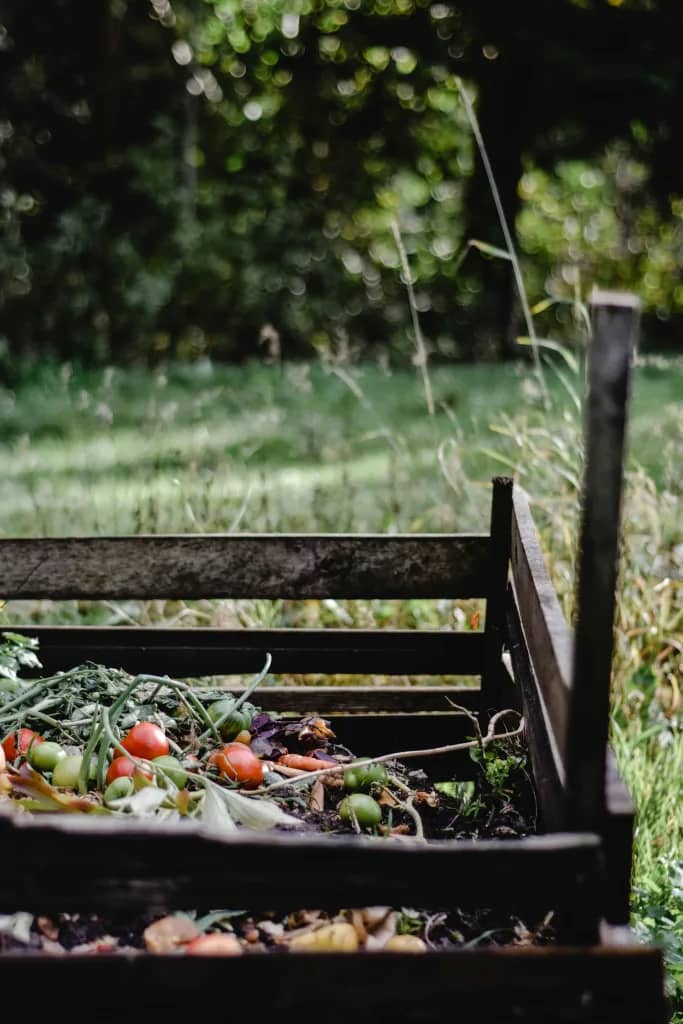
Maintaining a clean and safe home requires consistent effort and a proactive approach.
Establish daily, weekly, monthly, and seasonal routines to keep your living space in excellent condition.
Implementing effective pest control measures, ensuring safety precautions, conducting regular maintenance checks, and staying organized are all crucial components of home care.
Incorporating environmentally friendly practices further enhances the health and sustainability of your home.
These strategies allow you to enjoy a comfortable, safe, pristine living environment year-round.